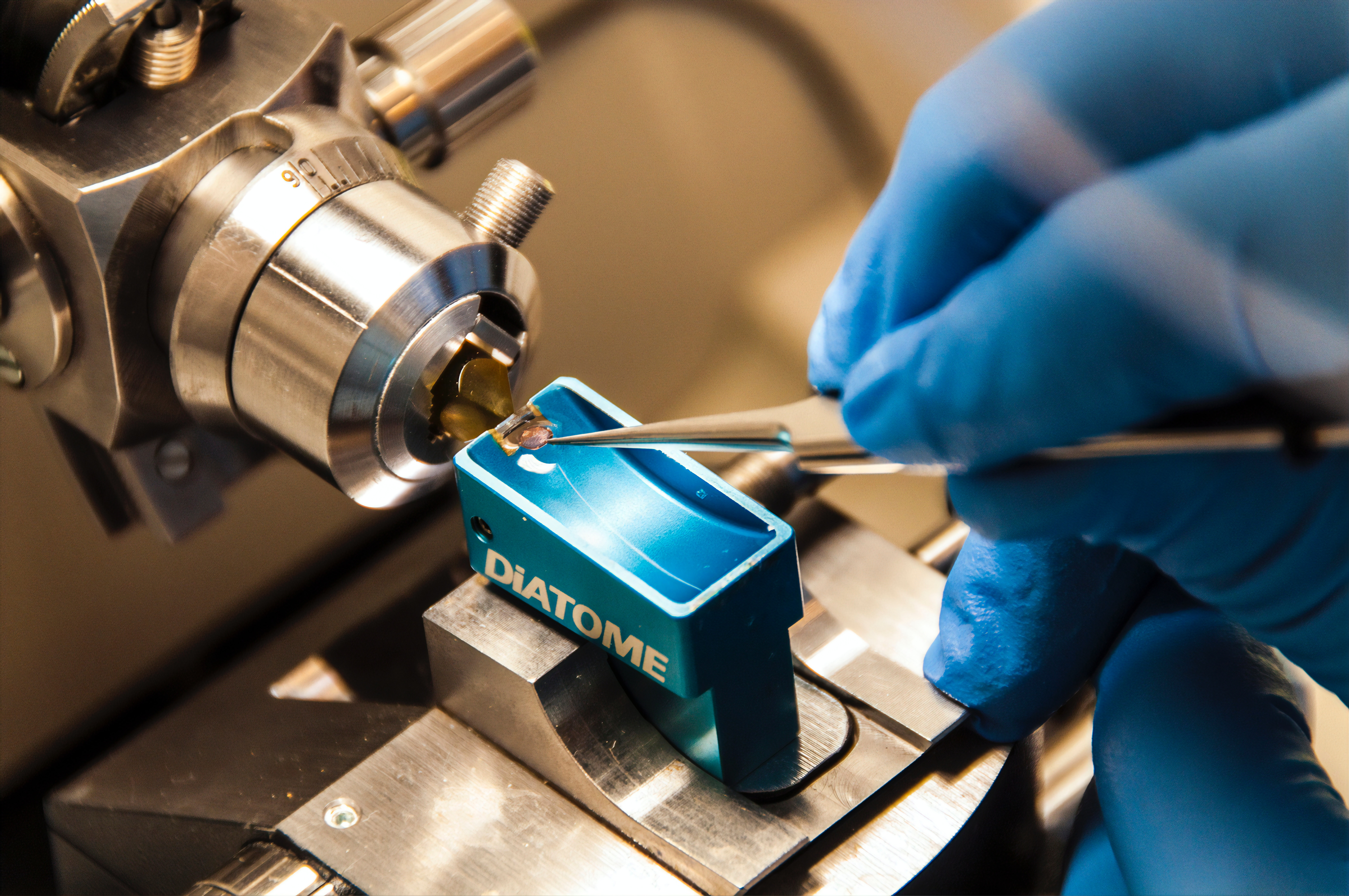金属材料研究所的研究最初以钢铁为中心,后来迅速扩展到其他金属和合金领域,为了应对时代的变化和日本经济的发展,涵盖半导体和陶瓷等非金属等物质和材料的整体基础和应用。该研究所以第一任所长本多光太郎教授发明的KS磁铁为首,向社会输送了森尘合金、SiC纤维、软磁性非晶合金等多种实用材料,同时推进了对新材料开发具有重要意义的基础研究,在材料的磁性、超导性、光物理性和极微结构评价等方面进行了开创性研究,已发展成为材料研究的全球核心基地。
金研的特点是基础与应用、理工工程与研究的融合。 此外,通过提供广泛的材料研究环境,包括从使用辐照材料测试设施、强磁场环境和超级计算机等世界领先的大型设施到新材料的创造和评估,国内外研究人员可以聚集一堂,与金研的研究人员进行联合研究。
Kanriken 通过联合利用研究为国内外社区的研究活动做出了贡献,包括液氦和材料照射,并于 1987 年更名为东北大学,并重组为全国联合使用实验室。 国立大学成立后,于2009年被认定为材料科学联合利用和联合研究中心,2018年被认定为GIMRT-材料科学国际联合利用联合研究中心,并建立了作为全球材料和材料研究中心的新机制,致力于促进进一步的研究和培养下一代人才。 此外,该研究所继承了本田教授所说的“工业是学术的道场”的金肯精神,并促进产业-学术合作和工程师培训等活动。

Research at the Research Institute of Metal Materials was initially centered on steel, but has since rapidly expanded to other metals and alloys, covering the overall foundation and application of non-metallic substances and materials such as semiconductors and ceramics in response to changes in the times and the development of the Japanese economy. The institute, led by the KS magnet invented by the first director, Professor Kotaro Honta, has delivered a variety of practical materials such as Mori dust alloy, SiC fiber, and soft magnetic amorphous alloy to society, and has promoted basic research that is of great significance for the development of new materials, and has developed into a global core base for materials research by conducting pioneering research on the magnetism, superconductivity, photophysics, and evaluation of microstructure of materials.
Jinyan is characterized by the integration of basic and application, science and engineering and research. In addition, by providing a wide range of materials research environments, from world-leading large-scale facilities such as testing facilities using irradiated materials, strong magnetic field environments, and supercomputers, to the creation and evaluation of new materials, domestic and foreign researchers can gather together for joint research with researchers from Jinken.
Kanriken contributed to the research activities of the domestic and foreign communities through joint utilization research, including liquid helium and material irradiation, and was renamed Tohoku University in 1987 and reorganized into the National Joint Use Laboratory. After the establishment of the National University, it was recognized as a joint utilization and joint research center for materials science in 2009 and a joint research center for joint utilization of materials science in 2018, and established a new mechanism as a global research center for materials and materials to promote further research and cultivate the next generation of human resources. In addition, the institute inherits the Jinken spirit of "industry is the dojo of academia" as Professor Honda said, and promotes activities such as industry-academia cooperation and engineer training.